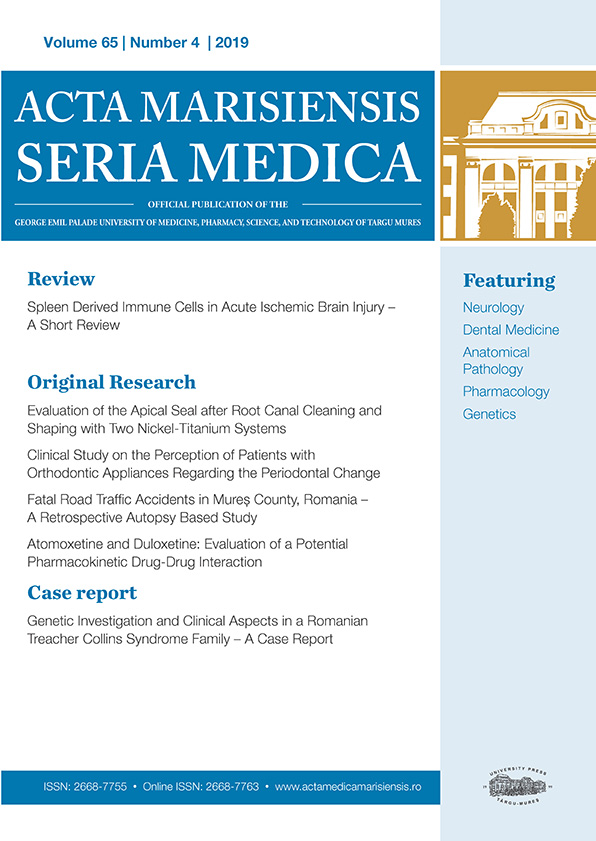Correlation Study of Serum Zinc Concentration and Retina Layer Thickness in Hypertensive Patients
Abstract
Objective: We targeted to evaluate whether the blood serum zinc concentration correlates with the thickness of layers of the human retina, especially within the inner retina.
Methods: Retinas of 23 elderly patients with microvascular damaging chronic diseases (arterial hypertension and diabetes mellitus type 2) were imaged using a swept-source ocular coherence tomography from Topcon. Automatic retinal segmentation was applied on a 6mm X 6mm scan protocol and average thickness for 5 examined layers was used for statistical analysis. Serum zinc concentration was measured using the Zinc Assay kit from Sentinel Diagnostics in a spectrophotometric method.
Results: The average age of the participants was 70 years, varying between 62 and 76. The mean zinc value was 9.9 mmol/l ±1.62 (SD). All five examined layers of the retina presented inverse correlation with serum zinc concentration. The complex including the inner plexiform layer and ganglion cell layer indicated the Spearman’s (rho) correlation coefficient -0.42 and a significance level of p=0.4.
Conclusions: Our study has found that serum zinc concentration is inversely correlated with the thickness of retina layers with statistical relevancy in the inner plexiform layer – ganglion cell layer complex. This finding emerges experimental studies in order to elucidate its clinical significance and to evaluate whether the fine architecture of the inner retina has the potential to benefit from oral zinc supplementation through modulating serum levels of zinc in patients with microvascular-damaging diseases.
Copyright (c) 2020 Robert Gabriel Tripon, Enikő Nemes-Nagy, Zoltán Preg, Karin Ursula Horváth, Beáta Baróti, Angela Borda, Márta Germán-Salló

This work is licensed under a Creative Commons Attribution-NonCommercial-NoDerivatives 4.0 International License.









